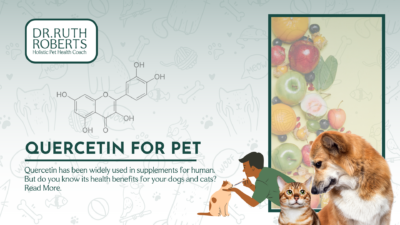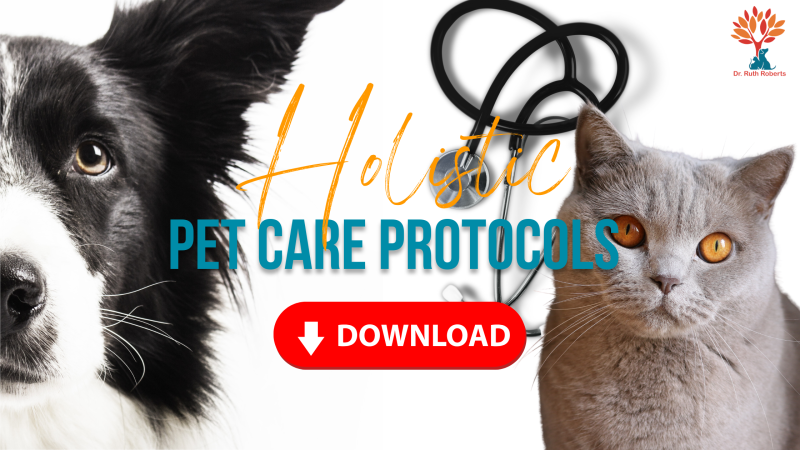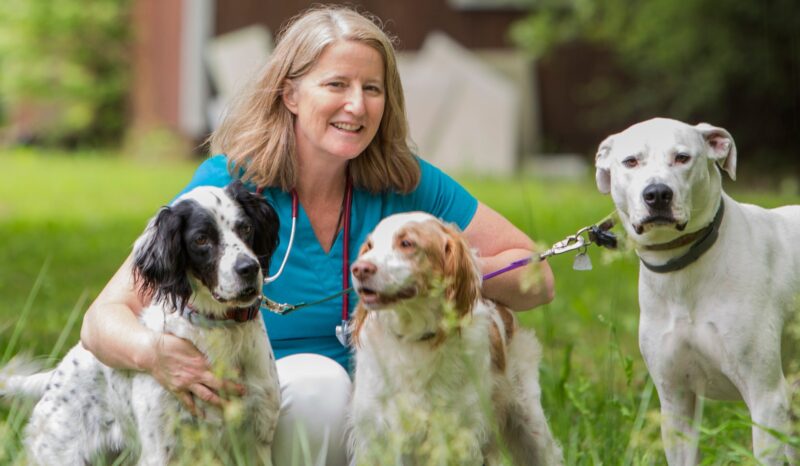Why do dogs hate cats?
Do dogs really hate cats? Dogs and cats seem to be divided by an unwritten line. The concept that dogs loathe cats, or vice versa, is so widespread that it’s virtually a cliché. Is there any truth to it, or is it simply another dog legend? How to introduce a dog to a cat? that’s the question many of my clients asked me. Although cats and dogs are not natural adversaries, there are several behavioral differences that can cause them to clash. Prey drive is the one that generates the most problems when it comes to peaceful interspecies relationships.
Even toy breeds maintain some of the hunting instincts that aided their wild forefathers. This is why dogs, whether chasing a ball, a squirrel, or a house cat, have a natural desire to chase moving objects. It’s simple to see how relationships can swiftly disintegrate when many cats flee when they see a dog. Not because dogs despise cats, but because a fast-moving feline awakens a strong, natural instinct that requires training and socialization to overcome.
How to Introduce Your Dog to Your Cat

How to Introduce Your Dog to Your Cat
Cats and dogs communicate in different ways as well. A Golden Retriever’s waving tail is a sign of playfulness. However, a twitching, swishing cat’s tail is frequently an indication of irritation. Dogs that misinterpret these signals may get a slap on the nose from an irritated cat, and cats may learn to distrust dogs after being chased around the block one too many times.
Despite their differences, many cats and dogs learn to coexist and even form amicable relationships, which leads to them playing and napping together. Early socialization helps kittens and pups overcome their fears, and introducing young animals to tolerant, older animals teaches polite behavior.
Some dogs get along perfectly with cats, while others are simply unable to do so. Even if your dog has previously lived successfully with cats, it’s vital to remember that each dog and cat is unique, so each introduction will be different.
It’s important to consider their first meeting whether you currently have a dog and wish to get a cat or the other way around. Allowing a stray cat and an off-leash dog to meet for the first time in an open room is likely to result in both animals failing. Rather, plan ahead of time and take your time.
How do you introduce a dog to a cat for the first time?
The first meeting should be done when both cat and dog are in a relaxed state.
Pay attention to both animals’ body language when introducing your dog to a cat. If the cat’s ears are pinned back or his tail sways back and forth, it’s a solid indication that he’s upset.
How long does it take for a cat to get used to a dog?
If you are getting a new cat, Make sure your dog isn’t waiting at the door when you bring your new cat home, since your cat will need time to recover from the travel time and adjust to its new surroundings. This may take longer depending on how confident your cat is.
Your cat and dog should be kept apart during this time. Keep your cat separate room from your dog. You want to make sure that your cat has access to food, clean water, and a litter box in the room.
- ‘Cats feel protected in lofty areas or under the bed,’ says one expert.
- ‘Cats are very scent-oriented, so new furniture or a new carpet can make them feel nervous.’
- Owner anxiety frequently leads to cat nervousness, so control your speech and body language.
- ‘Your pet isn’t hiding or spraying in the house because she dislikes you,’ don’t take it personally.
- Use a pheromone spray or a plug-in diffuser.
- Consider taking specially prepared nutritional supplements, which can be obtained through your veterinarian and are a natural way to help relieve stress.
How to keep your pets calm naturally:
While giving enough time for the new pet, you should make your cat and dog aware that there is another animal in the house while still keeping them separate. Allow your dog to sniff your hand after you’ve stroked your cat. They should also swap blankets or sheets they sleep on.
Check how your new cat is coping with its new home.
Cats are highly sensitive creatures who are easily agitated or frustrated by events in their environment or by how people interact with them. Here’s how you can help your stressed-out cat.
It is critical that you manage and eliminate stress in your cat to the greatest extent possible because stressed cats can become emotionally and physically ill, acquire physical ailments, and exhibit problem behavior. When owners detect something isn’t quite right with their cats, it’s usually after they’ve been agitated for a while. Cats may lose their appetite, become ill, or act in ways that their owners have never seen before, such as spraying urine against the inside wall or acting violently.
The sooner you recognize that your cat is stressed, the easier it will be to fix the problem. This means you must keep a close check on your cat’s physical condition as well as their behavior in order to spot anything ‘abnormal’ or ‘out of character’ that could indicate stress.
There are several physical and behavioral indications of a worried cat/dog, some may lead to a more serious problem if not prevented.
How To Tell If Your Dog Is Stressed
- Growling
- Whining or Barking
- Pacing
- Body Language (tucked ears, tucked tail, raised hackles, lip-licking, yawning, and panting.)
How To Tell If Your Cat Is Stressed
- Hiding or running away
- Spraying or pooing in unusual places
- Loss of appetite
- Over-grooming
How to deal with an anxious cat/dog?
There are several calming techniques proven to help reduce anxiety in cats and dogs.
CBD is a proven holistic treatment to ease anxiety/stress in cats and dogs.
The best way to determine your pet’s optimal dosage of CBD for dog anxiety is to take into account each animal’s individual physiological condition, including their endocannabinoid system, age, metabolism, disease process, and other individual medical factors. It can be applied on pets’ ears, on their gums, or mixed in with their food.
The Calmer Canine device delivers targeted pulsed electromagnetic field (tPEMF) signals to the area of the brain responsible for causing the symptoms of anxiety. It effectively returns the anxious brain to a more balanced emotional state with long-lasting effects
The Calmer Canine treatment system includes a comfortable, easy-to-use vest that holds the device in the proper position over the dog’s head during treatments. Just two, fifteen-minute treatments daily for four to six weeks have been shown to significantly reduce signs of CSA, including barking, whining, howling, destruction, panting, pacing, watching out the door and windows obsessively, and house soiling, with lasting effects.
While not designed for cats specifically, the Canine Calmer has been used successfully for anxious cats, and those with noise phobias.
It would also be a great idea to keep our feline friends healthy all the time, anxiety, stress and underlying condition sometimes cause their behavioral issues.
Check both animal’s body language:

Check both animal’s body language:
You should be alert to your dog’s body language because that serves as a warning sign. If your dog has a strong prey drive (the desire to seek out, chase, and even capture creatures perceived as prey, such as cats or rabbits), she may become very fixated on the cat.
Maintain control of your dog’s lead by keeping it as slack as possible. This will protect the safety of the cat while also allowing the dog to inspect their new acquaintance. Allow your dog to sniff around and get to know their new roommate. It’s Better is to keep the distance between pets greater, until they have developed a certain comfort level with each other. Throughout the introduction, you should maintain your composure.
When a cat or dog has not been socialized with other animals from an early age, training can assist. Teaching your dog simple instructions like “sit” and “stay” will help cats feel more at ease. Working on these routines while your new cat can observe may help reduce friction. However, large dog breeds with strong prey drives may injure cats, so keep your dog on a leash and consider crating or separating him from the cat while you’re gone to avoid mishaps.
If you’re thinking of getting a cat for your dog or a dog for your cat, it’s important to consider both animals’ personalities. It may be helpful to look for a companion that has already been exposed to the other species in the past. Be patient and give your dog and cat supervised time together — they may end up becoming BFFs!















